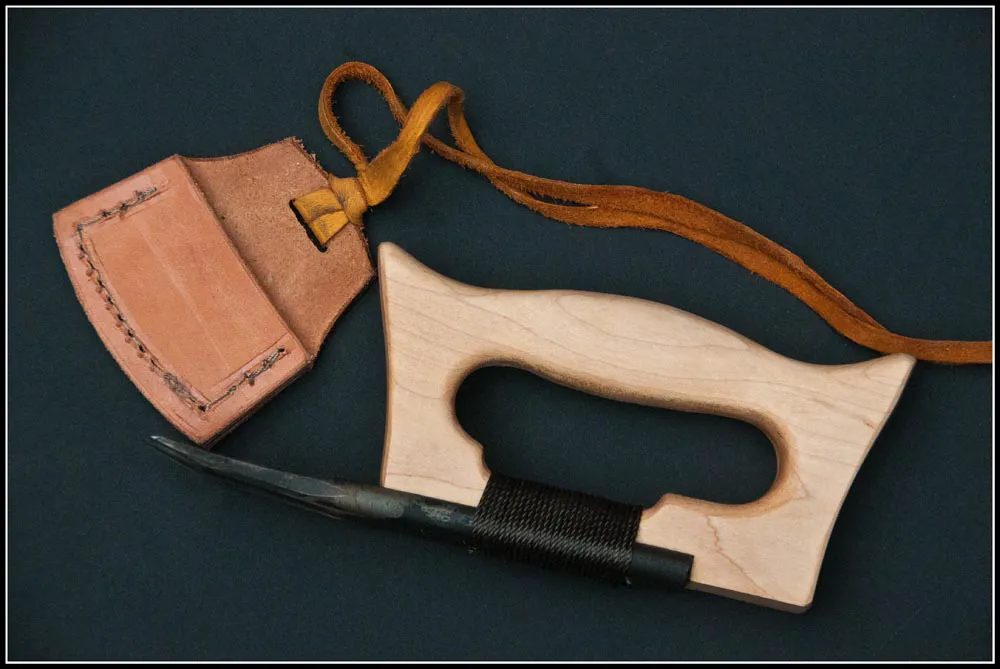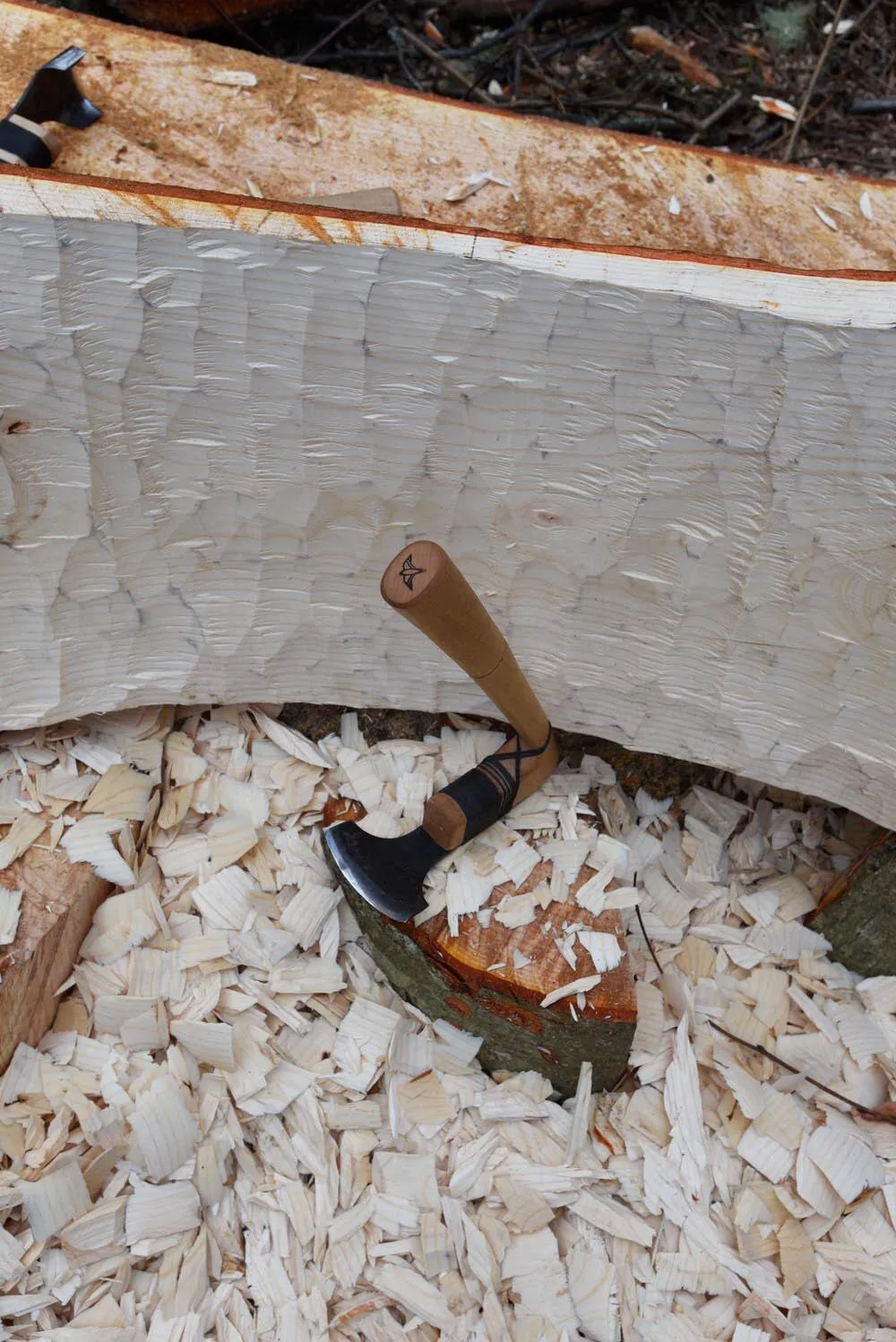Adze Wood Carving Tools: Mastering the Art of Wood Carving with Precision
Adze Wood Carving Tools: Explore the World of Wood Carving
Adze Wood Carving Tools: Explore the World of Wood Carving
How to Choose an Adze Tool for Your Project?
If you have not used an adze much, then you might think that all of them are alike.
However, while the differences are subtle, they are quite important considering the jobs that they must accomplish.
This is why choosing the right one is important.
What follows are the main areas you should focus on when selecting an adze. This will help you get the right one for your project.
a) Length, Weight, Width, and Thickness
These are the basic criteria for choosing an adze.
The length should be long enough for you to comfortably swing into the wood.
The length of the adze is measured from the top of the head to the bottom of the handle. This means that you will want the adze to be long enough to comfortably swing but not too long or short, which may cause you to miss.
While it may seem more logical to go with a lighter weight, the truth is that the more weight in the blade present, the easier it will cut into the wood.
Of course, the adze should not be so heavy that you cannot control the swing. But the additional weight on the blade will make the swing easier and more effective.
Consider that you may be able to add additional weights just below the blade to increase the cutting effect.
The width refers to the width of the blade. Most adze blades are from ½” up to 5 ½”, with each size going up a half-inch.
This is one of the most important aspects to get right. As the wider the blade, the larger the surface area will be cleared.
The thickness of the blade may be the least important aspect of the adze. But it is still worth considering. This is because the blade thickness is measured at the thickest part, which is generally right before it gets to the handle.
The thicker the blade, the heavier it will be. However, if the thickness is beyond a certain level, such as 3/8ths”, then it should be thick enough to last a long time.
b) Blade Angle
Perhaps the most important aspect of buying an adze is the angle of the blade.
You’ll notice that there are different angles available, and this is because of the swing of the tool.
Ideally, you want the blade to be angled in such a manner that it creates a perfect circle as you swing into the wood.
The edge of the blade should be in line with the arc that you swing the adze.
A proper angle means that your swing should get a smooth cut from the adze each and every time.
Ep 6: Hollowing out the bowl with an adze
In this episode, after a safety talk, Dave uses the adze to hollow out the bowl, bringing to light what will be the finished surface
Fine Woodworking Recommended Products
Veritas Precision Square
This precision square is incredibly versatile, from checking squareness to dialing in machine setups.
Veritas Micro-Adjust Wheel Marking Gauge
The adjuster runs through the beam from a small knob at the back end right to the cutting wheel, which moves in and out as you turn the knob. This arrangement works well but makes adjustments a two-handed operation, requiring a little more effort.
Starrett 4" Double Square
Head is easy to remove, replace, and lock down; narrowest blade, at 5⁄8 in., made it easier to fit into tight places; hard to read under bright lights.
Sign up for eletters today and get the latest techniques and how-to from Fine Woodworking, plus special offers.
Anatomy and Parts of an Adze
An adze is a versatile and ancient tool that has been used throughout history for various construction and carving tasks. Its unique design and functionality make it a valuable tool in woodworking. Understanding the anatomy and parts of an adze is crucial to ensuring its proper use and maintenance.
The cutting edge of the adze head is its most crucial part. This is where the actual shaping, carving, or cutting takes place. Maintaining a sharp cutting edge is essential for achieving clean and precise results. The handle of the adze is another important part, as it provides the necessary leverage and control needed when using the tool.
Knowing when to use an adze is equally important as understanding its parts. Adzes are commonly used in various woodworking tasks such as shaping logs, carving intricate details in wood, or roughing out surfaces. They can be particularly useful for shaping curved surfaces, such as boat hulls or curved beams. Whether you are a professional woodworker or an amateur enthusiast, having an adze in your toolkit can greatly enhance your woodworking capabilities.
When to Use an Adze: Practical Applications
An adze is a versatile hand tool that has been used for centuries in various woodworking and carpentry applications. Knowing when to use an adze and understanding its practical applications is essential for any woodworking enthusiast or professional.
One practical application of an adze is for rough shaping and hewing of heavy timbers. When working on large wooden structures like beams or posts, an adze can quickly remove excess material and create smooth surfaces. It allows for precise and controlled removal of wood, making it ideal for shaping curved or angled surfaces.
Another common use of an adze is in boat building and wood carving. The curved blade of the adze is perfect for hollowing out concave surfaces, such as the inside of a boat hull. It can efficiently remove material and create the desired shape or contour.
In summary, an adze is a valuable tool for shaping, sculpting, and carving wood. Its practical applications include rough shaping of heavy timbers, boat building, wood carving, and creating joints and notches. Understanding when and how to use this tool can greatly enhance woodworking projects and achieve superior results.



Tegs:
Search
Recent Posts
-
Wood Spirit Carving: Bring Nature's Magic to Life
Apr 14 2025
-
Discover the best wood carving classes in Indiana. Find workshops and courses for all levels, from beginners to experienced carvers.
Apr 14 2025
-
Discover the Art of Junior Cobb: Renowned Wood Carver
Apr 14 2025
-
How to Preserve Wood Carvings: Keep Your Creations Safe and Beautiful
Apr 14 2025
Subscribe to Updates
Get the latest posts and fashion insights directly in your inbox.